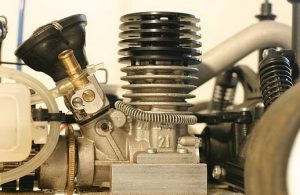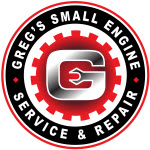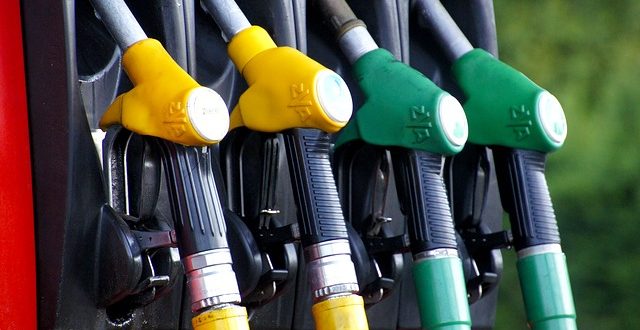Filling vehicles with gas can become a habit. We have our usual fuel grade and often our favorite fuel station . Yet, when filling up the container for your small engine and yard work tools. You’ll want to pay close attention and get the right stuff.
Ethanol Risks
Ethanol is a gasoline additive that is safe to use in many vehicle engines. Ethanol can be destructive to the fuel systems in small gas-powered engines. These include lawnmowers, leaf blowers, chainsaws and string trimmers. If possible, use ethanol-free gas for these tools. If you don’t have access to ethanol-free gas, be sure to use E10 and avoid anything higher, such as the standard E15.
If you’re struggling to start or prime your small gasoline-powered tools, you may have added E15 to your mower or leaf blower. This blend can damage the plastic components in the system. For example, the seal on many priming bubbles contains plastics. Once this seal starts to fail, cold starts will become very difficult. If you spend more time pulling the rope than you do mowing, you need expert help getting the tool up and running.
Keep Things Fresh
If you don’t need to mow often, avoid overstocking the gasoline.
Fuel comes with additives for burn efficiency, varnish reduction and other critical factors that can damage automobile engines. However, if you fill up your can and it sits in your garage for the season, these additives can settle out of suspension. This makes for sludgy gas that can damage to your hand-held gas-powered tools.
The best fuel type for small engines is one with a low or no-ethanol content and is fresh. These engines are quite simple with regard to fuel delivery. Once fuel lines sludge up or cylinders are damaged by varnish, you’ll lose compression and power which leads to engine failure.
It may seem bothersome, but your mower and other outdoor tools will run better and last longer with fresh gas. Only fill the can halfway for your four-stroke engine, and never let two-stroke engine gasoline sit for a whole season.
Two-Stroke or Four-Stroke?

The type and size of engine influences the type of gas used
If you’re not sure if your lawn mower or other tool is a two-stroke or four-stroke engine, look for an oil cap and a dipstick. Dipsticks exist to help you check the oil level in the oil pan. If your tool has an oil pan, it’s a four-stroke and doesn’t need oil mixed into the fuel.
Many of us grew up with two-stroke lawn mowers and may have made the error of adding oil to our lawn mower gas. This can result in dangerous conditions, damage to your mower and at the very least, an awful lot of white smoke. Should you make this mistake and realize that your mower is not running well with the gas and oil mixture. Get qualified help from a small engine repair specialist!
For two-stroke engines, use the manufacturer’s recommended oil additive and amount. If you have a lot of tools and don’t want to have multiple blends of fuel around. Contact a small engine expert to get their advice on the best additives for two-stroke engines. You can also arrange pickup of your chainsaw, string trimmer or leaf blower for a tune-up and ask the technician when they arrive.
End of Season Care
Empty the fuel out of your small gasoline-powered tools! Run the mower until it’s completely starved of gas. Toward the end of leaf-blowing season, only add small amounts of fuel to your blower. Avoid leaving gasoline in the tank and treat your chainsaw the same way. Fuel left in the tank can and will settle and sludge just as it will in the gas container. Once it’s drawn up into the motor, you may have an expensive repair on your hands.
Maintenance Is Key
Small gas-powered engines can be a great way to maintain a beautiful lawn and keep trees trimmed. However, these little tools create a lot of chatter and will suffer from wear and tear over time. Contact us for quality service, expert advice and pickup and delivery services. We can help you get back to maintaining and caring for your outdoor spaces.























